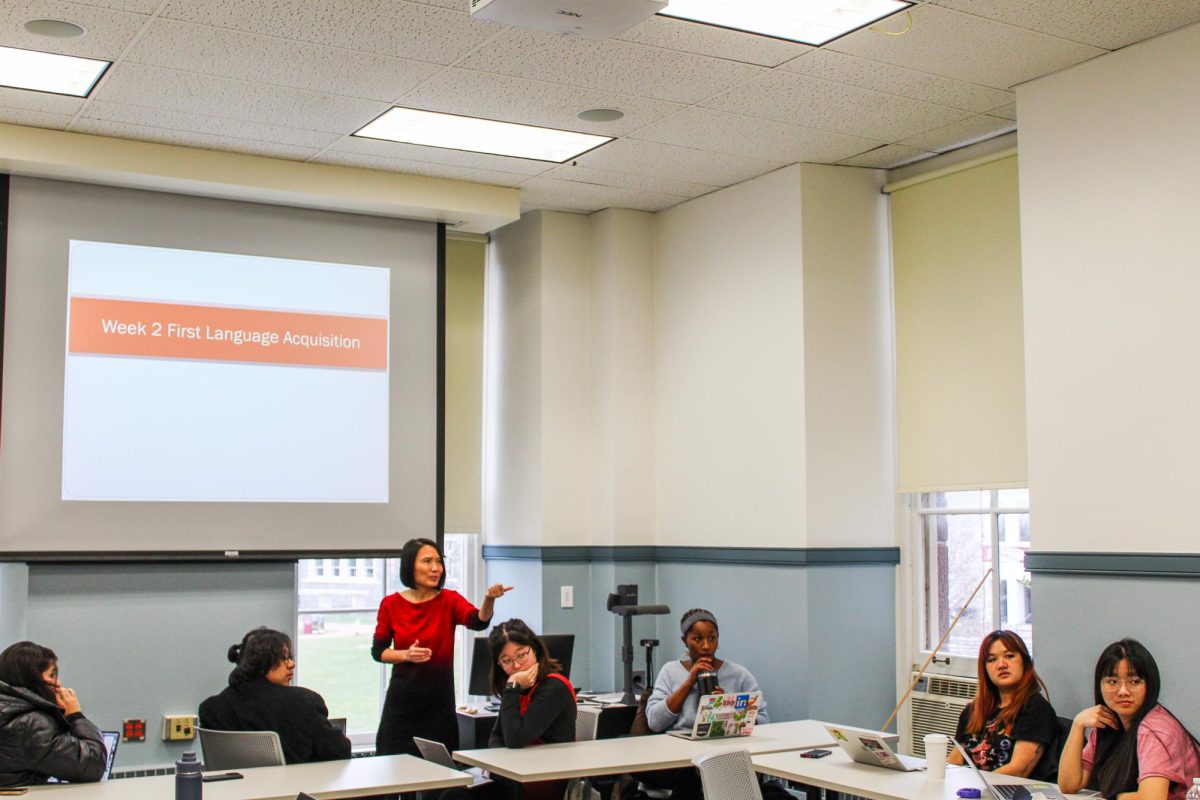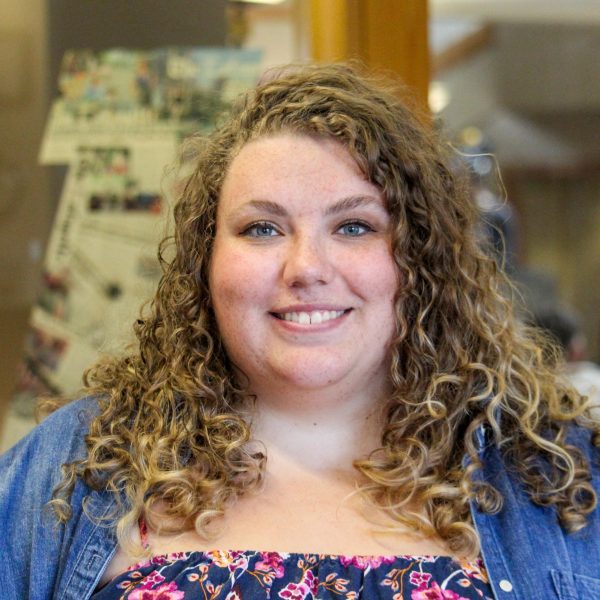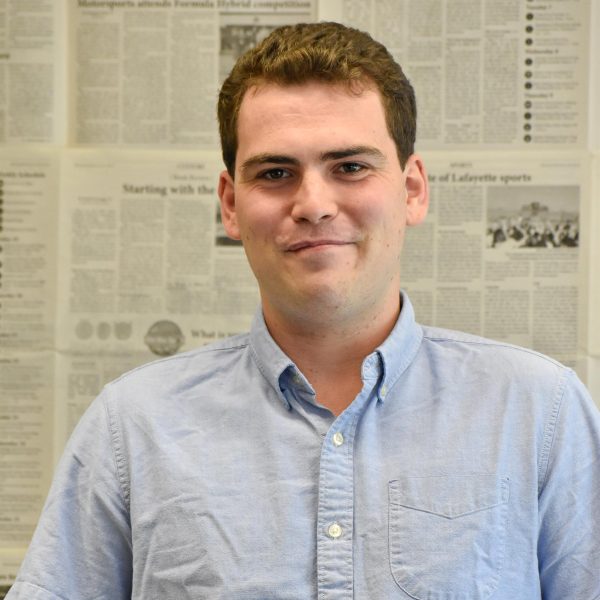For Han Luo, professor of languages and literary studies, her Second Language Acquisition course is the epitome of interdisciplinarity.
“It covers a lot of related fields — educational psychology, neuroscience, language teaching, linguistics — it’s a combination of all different branches,” Luo said.
Students in the cross-listed psychology and languages and literary studies course are learning about the mechanisms that structure their own language acquisition, from efficient teaching techniques to the current scope of linguistic research.
Luo has found that the class has been particularly interesting to heritage language learners — those who speak a second language at home with their parents.
“Their speaking and listening ability will be very strong in a heritage language, but then they don’t have much reading and writing ability because they didn’t receive any formal training,” Luo said. “They want to know what’s going on and what they can do to keep their language because it’s part of their identity.”
Daniele Cattabriga ‘24 is one such heritage language learner taking the course this semester.
“My family is Italian, and I speak quite a bit of Italian and Spanish, but I’m not fluent yet,” Cattabriga explained. “I just wanted to take a class that looked at … how learning a language works and hopefully I can apply those concepts in the future when I’m abroad or applying myself to finish learning two languages.”
It’s not just heritage language learners who enjoy the course material, though, according to Luo. Because all students at Lafayette are required to have an elementary proficiency in a second language, all share that learning experience.
“I think the most important thing about the course is that students are able to apply the concepts they learn into their own life experiences right away,” Luo said.
According to Giulia Matteucci ‘24, who took the class with Luo last spring, these lessons helped her understand her own path as a language learner.
“It helped me not feel as bad about not being able to learn Spanish and really catch onto it,” Matteucci said of the course. “It made me think about the people that do [catch on] and how many languages they have and how impressive that is.”
Students in the class are immersed in the college’s language-learning courses. The group’s midterm project allows students to observe a foreign language class and apply the conceptual vocabulary of second language acquisition to the lesson.
This exercise helped Matteucci understand just how intentional professors’ teaching methods are.
“It was really cool to think about why professors teach the way they do,” she said. “It’s not just how they want to teach, it’s deep evidence-based learning.”
Because the course is cross-listed as both a natural science and a humanities course, the classroom is full of people of all educational backgrounds — Cattabriga, for example, is an economics major.
“It’s a very lively environment,” Luo said. “It’s different from a science class and different from a humanities class.”
“[Luo] does a good job of creating a classroom environment that avoids the stresses and pressure to perform of learning a language,” Cattabriga said. “I would recommend other people try it.”
“You can tell [Luo] is really passionate about the topic,” Matteucci added. “She really cares about the students and making sure they form friendships in her class.”
























































































































